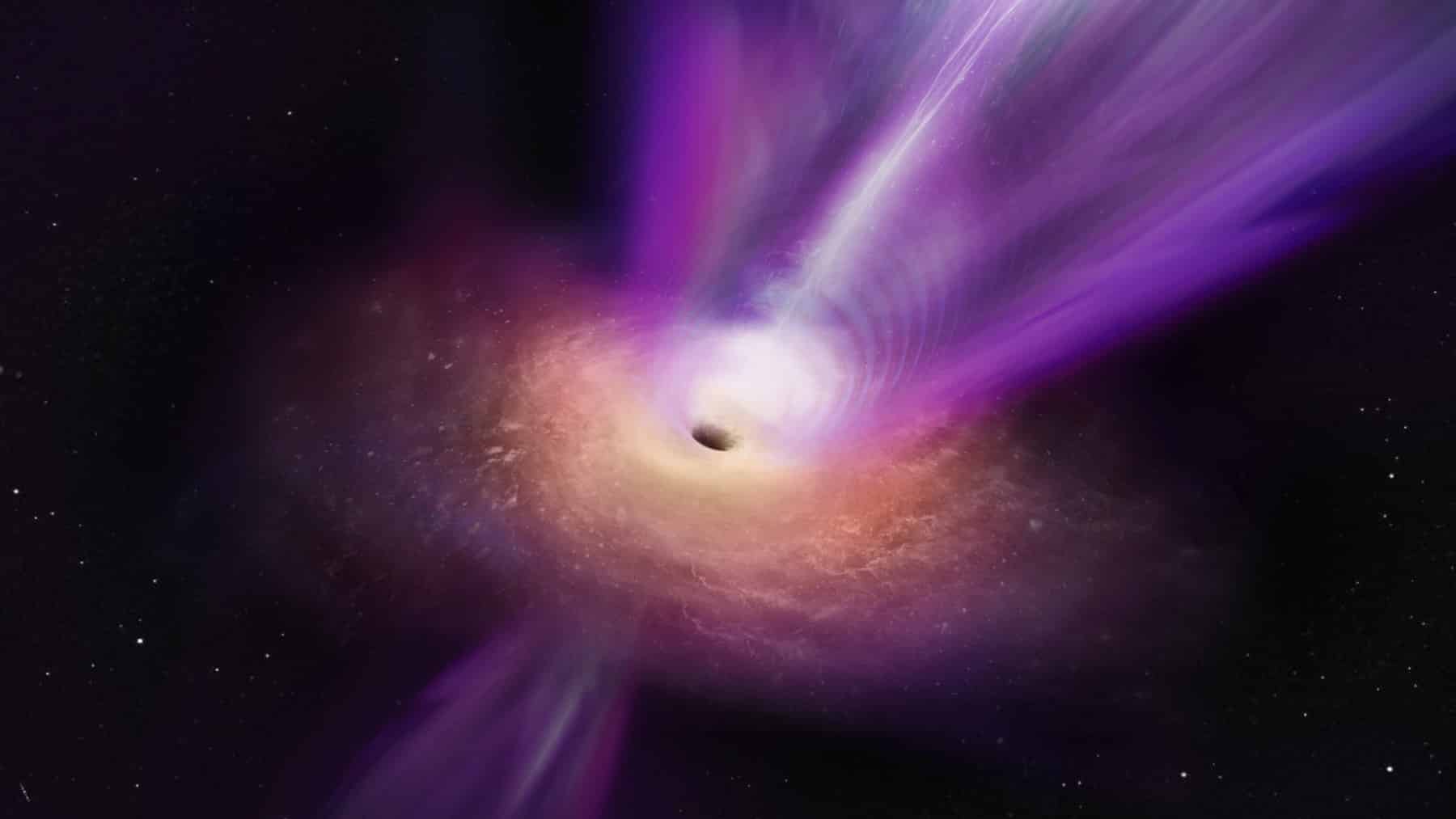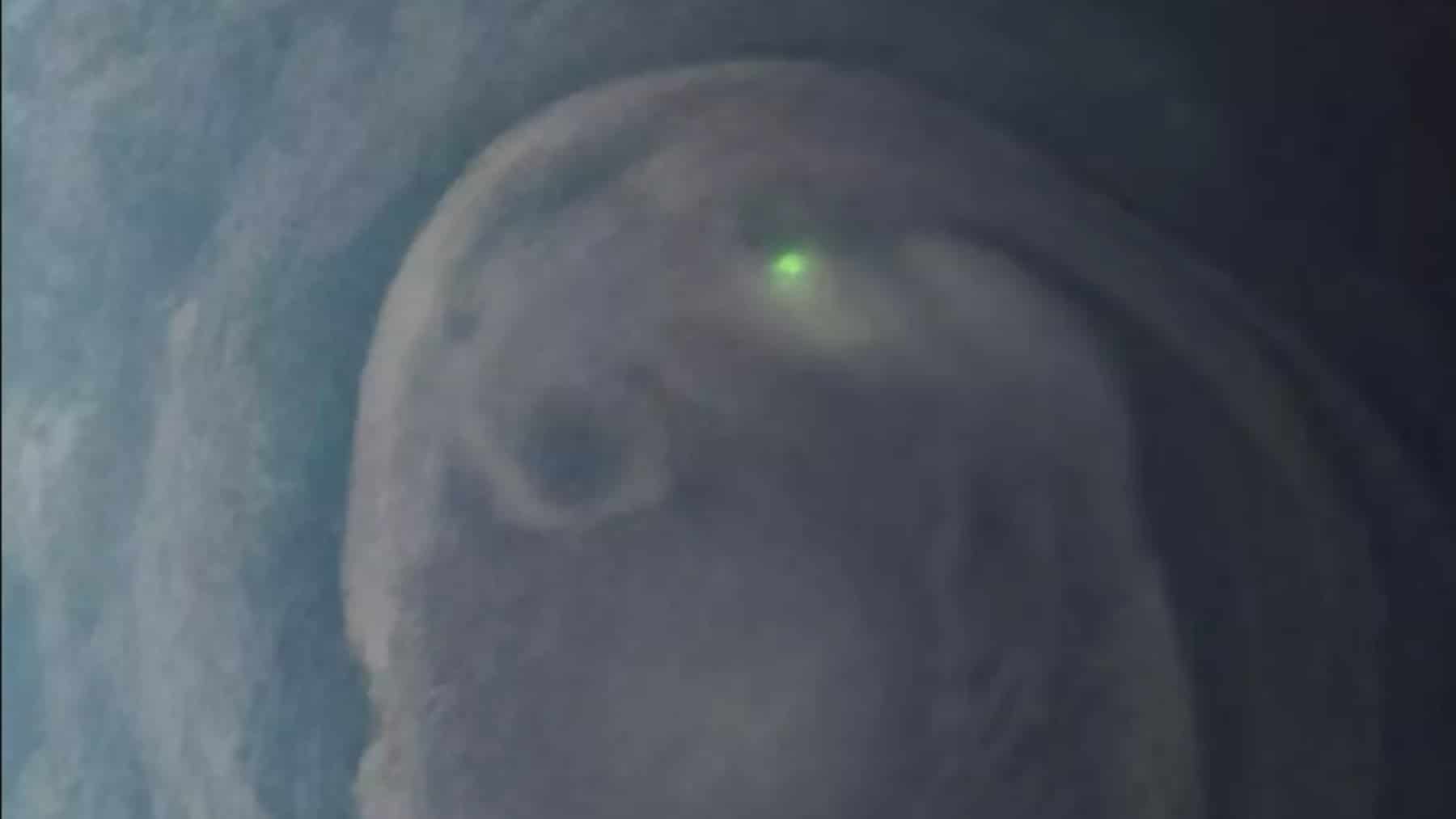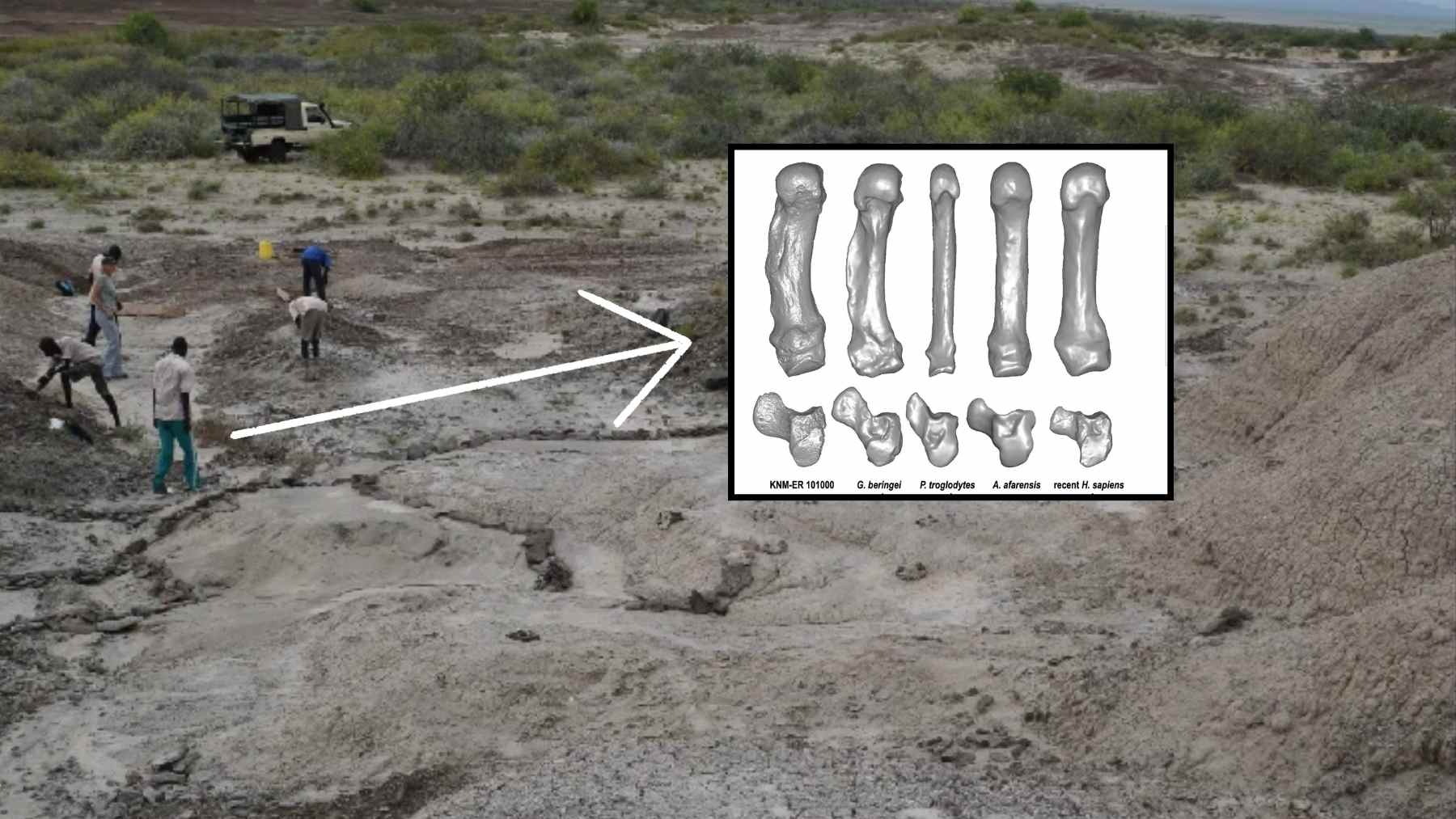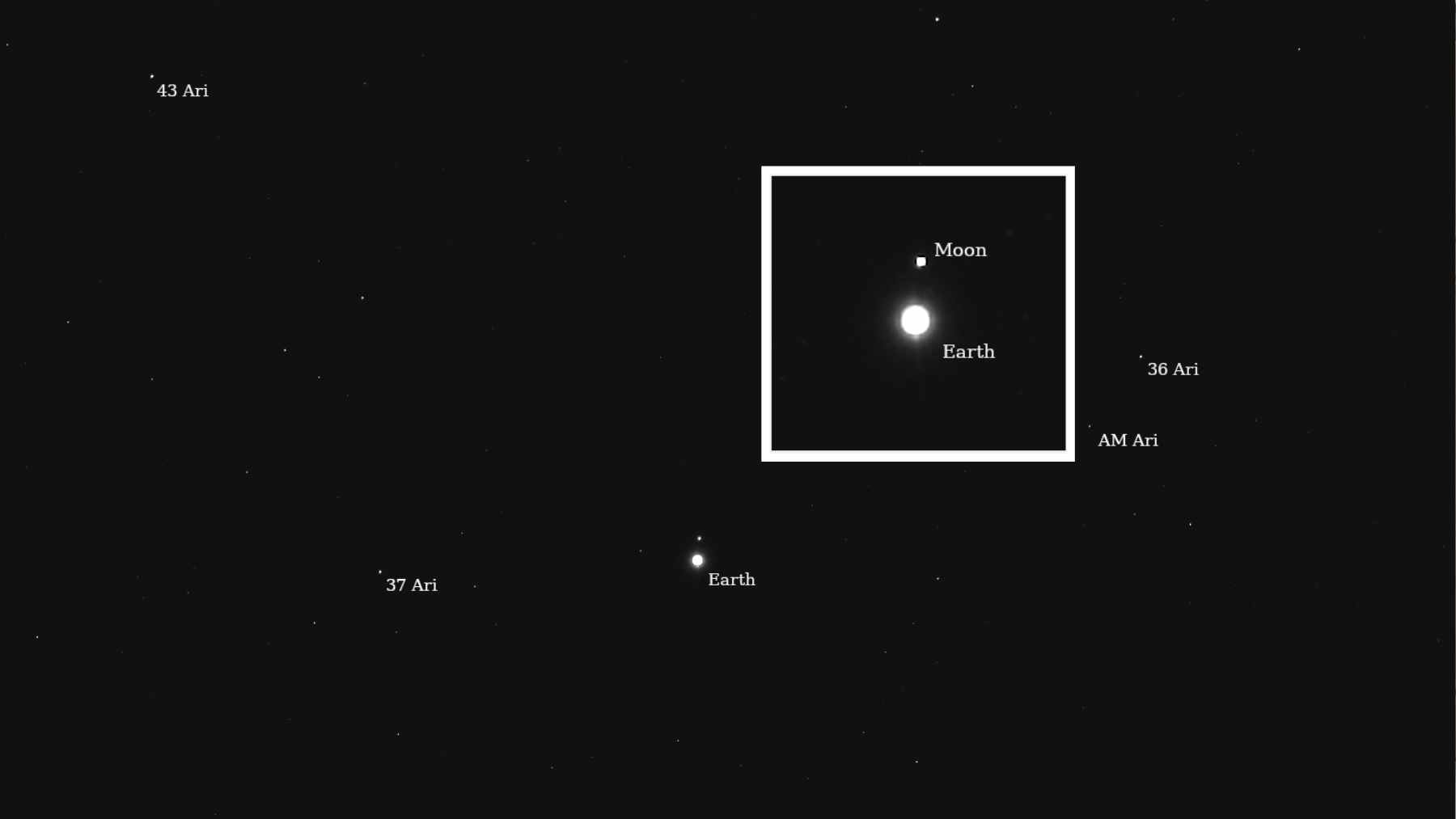The research community at first designated PBC J2333.9-2343 as a radio galaxy. Recent studies demonstrated that PBC J2333.9-2343 contains a supermassive black hole that generates the power of a blazar. The black hole reclassification occurred when its relativistic jet rotated 90 degrees until it became directly visible from Earth. A space occurrence of this nature appears exceptionally uncommon while providing crucial knowledge about space phenomena.
A deadly jet is now aimed at Earth—this is why you should care.
A jet of high-energy particles from the active galactic nucleus AGN is directed toward Earth, which allows scientists to identify such phenomena as blazars. The fast-moving jets approach speeds that are nearly equal to light speed, which produces their extreme power. AGN becomes a blazar when its directed jet points toward Earth, yet it remains called a quasar when the jet points away from our planet. Scientists reclassified PBC J2333.9-2343 after its jet made an abrupt change, which was a groundbreaking discovery in astronomy.
The observation team performed vast measurements throughout all electromagnetic wavelengths to learn about PBC J2333.9-2343. The study proved that the nucleus of this galaxy stopped powering up its lobes because these structures existed from times past. The black hole-driven energy supply leading to the formation of the lobes ceased because these structures had become inactive while showing evidence of major evolutionary changes throughout the galaxy.
The scientists recorded energetic jets near the nucleus, which demonstrated that the black hole’s power distribution had changed. Through their identification of aged versus fresh structural elements, the researchers were able to draw vital understandings about galactic evolution. Scientific analysis of jet orientation alongside characteristics confirmed that a sudden realignment took place, and this change might stem from events inside the galaxy or through external interactions with a neighbouring space object.
The research experiment proved that the jet from the black hole experienced a significant directional shift.
This finding helps scientists to understand time-driven transformations in cosmic phenomena by expanding their knowledge of galactic nuclei evolution. Such transformed behavior reveals key information about mechanisms that operate within active galaxies while affecting their mature growth patterns to discover the next big space anomaly. A dramatic shift in the jet direction points toward either a black hole collision or another galaxy merging together because these could make the axis overturn.
Scientists found this discovery to highlight the unknown ways black holes act in the cosmos. Due to these dramatic axis transformations, complete scientific understandings of black hole growth and environmental behavior remain tested, leading experts to reassess theoretical models. The direction of these jets enables scientists to better understand deep space forces and study gravity, relativity, and cosmic structures. The scientific community demonstrates continuous interest in researching this phenomenon to identify its extended consequences.
The sizeable dimensional alterations in black holes reveal essential information about their natural processes while they influence adjacent cosmic structures. The analysis of these shifts lets scientists update their developmental models of galactic processes and theories regarding black hole functions. Advanced telescopes and simulations will trace these alterations in the long term through multiple observing periods to reveal comprehensive information about such big cosmic events.
A galaxy merger may have triggered this unexpected cosmic event
The discovery of these effects changes how we perceive black hole conduct and behaviour within intergalactic space. Research into these cosmic giants creates new questions about their regulatory complexities and gives reason for additional scientific investigation into their operational systems. Scientists gain a deeper understanding of universal mysteries through discovery while developing their comprehension of powerful black hole effects. It becomes possible to grasp universe forces better because our knowledge about these cosmic phenomena deepens.
Observation-based scientific research has changed PBC J2333.9-2343 from its classification as a radio galaxy to now identifying it as a supermassive black hole with a blazar core. The nature of astrophysical events continues to evolve because scientists can better understand space through uninterrupted observation. Research on black holes receives enhanced benefits because these new findings have revealed essential information about how these objects evolve and behave.
The improved observational equipment enables scientists to make better classifications of cosmic structures because they reveal previously hidden complexities. The powerful astrophysical processes that scientists study depend heavily on the analysis of radiation-emitting blazars, which are known for their intense high-energy activity. Researching these natural phenomena produces an understanding of galactic development, besides revealing how matter behaves under extreme environmental conditions to learn more about the latest space discoveries.















